As a life-long music buff, I’ve always loved rhythm action games. Granted, they’ve usually been the kind that also used plastic instruments, but I’ve also been a big fan of the few DS and 3DS Music games I’ve encountered; especially the classic Elite Beat Agents.
So when the chance came along to give a new 3DS Music game a try, I jumped at it, and as a game which almost blurs the lines between EBA and the drum mode from the DS version Band Hero, Hatsune Miku: Project Mirai DX is an interesting one to say the least.
But firstly, who is this “Hatsune Miku”?
In short, Hatsune Miku is the personification of a Japanese singing synthesizer; so basically a tool for creating artificial vocal tracks. Developed by Crypton Future Media, Hatsune Miku was initially released as a tool for professional musicians, but in order to expand the reach and sales of the Synthesizer product a virtual character was designed for her. Since then, the character has enjoyed worldwide success, as a “musician” in her own right. As the flagship Vocaloid she has appeared live many times as a hologram alongside live musicians, with a variety of world tours under her belt.
Following this success, Crypton Future Media, alongside SEGA, started producing a series of Rhythm games starring their many characters and showcasing some of the excellent music created using them. Project Mirai DX is the latest spin-off from the Project Diva series, and is the first 3DS Hatsune Miku game to be released in the west, with its predecessor, 2012’s Hatsune Miku and Future Stars: Project Mirai only ever receiving a Japanese release. Although originally released in 2013 in Japan as Project Mirai 2, I guess it’s better late than never.
The game itself, at its core, is deceptively simple. The player is tasked with hitting and holding sequences of notes in time to the music, as you’d expect from a Rhythm game, as chibi versions of the Vocaloid characters perform and dance to songs from a 48-strong playlist. The majority are well-known Hatsune Miku tracks, but others include the characters of Luka, Rin, Len, KAITO and MEIKO; other Vocaloid products. The track list itself is stellar, and although I’ve never really listened to Vocaloid music before, I thoroughly enjoyed listening to the music as I played. There’s a lot of variety in the music, from energetic, rocky songs to slower, more melancholic ones, even if I didn’t recognise any of them to start with.
Moving onto the gameplay, you can choose between three different difficulties in two different control-styles. The first is stylus-based, and requires quick tapping as you hit coloured pads on the lower screen, in a similar style to EBA; although the actual note-track is shown of the upper screen. The second is button based, as you tap out the rhythms on the A, B, X and Y buttons, and occasionally pressing directional buttons in addition. Each mode has its own strengths and weaknesses, though it must be said that the tap mode feels somewhat easier than the borderline ambidextrous button mode, and is much more fun that tap modes I’ve seen in other games. It’s also highly unlikely to scratch your screen through design, which is a plus.
The note sequence is shown on the top screen over the animated character, and darts around the screen like a drunken bumble-bee. Keeping track of where notes appear is rather easy though, as they follow a glowing line. It’s interesting that the patterns which the line creates often reflect the song itself, which is a nice touch. On this note, each song has its own individual backing video complete with dance routines, which shows how much effort has been put into each individual track. On screen prompts, line speed and sound levels are also highly customisable, so if you want to have a break-neck note line with tiny button-prompts and no aural feedback for note-hits, you can do it!
Compared to other Rhythm titles, Project Mirai DX comes out very favourably, with timings and mechanics which are easy to understand, but incredibly difficult to truly master, and an absolutely stellar track list. What doesn’t excite me as much are the other features of the game…
The game presents itself almost as though it isn’t about music at all. Starting you off by asking you to select a “partner” and an apartment, you can dress up the six main characters in different outfits, “hang out” with them, feed them food, decorate their apartment, play minigames with them and generally take part in a variety of distractions. Whilst this aspect is, in some ways a nice extra, it often feels forced whilst the real meat, the thing you actually want from a music game is hidden behind it. Undoubtedly this will appeal to die-hard Vocaloid fans, but if you’re more interested in the music itself these come across as more of an unwelcome distraction.
A few exceptions include the inclusion of SEGA’s Puyo Puyo 39; which is a nice extra, some pretty impressive AR modes, and a mode for creating customised dances to any of the game’s tracks. Whilst that last one isn’t my cup of tea, the suite of tools is pretty extensive with a couple of modes, and so will undoubtedly make big-time fans happy.
All in all, I actually do really like Project Mirai DX, despite my quibbles. The Rhythm game itself is absolutely solid, with a huge number of tracks backing it up, and so will appeal to anyone who loves games of that style. Whilst the extras do cover up the main focus of the game at times, if you aren’t a fan of them they won’t really spoil your enjoyment of the main mode.
If you’re a fan of Vocaloid, get this game; it will thoroughly float your boat. However, if you haven’t really heard much, or generally love either Japanese pop or Rhythm games, it’s also definitely worth a look.
Hatsune Miku: Project Mirai DX will be released on 3DS both physically and in the Nintendo eShop on September 8th 2015 in North America and on September 11th 2015 in Europe.
The writer was provided with a digital pre-release copy of the game for review purposes.
Disclaimer:All scores given within our reviews are based on the artist’s personal opinion; this should in no way impede your decision to purchase the game.



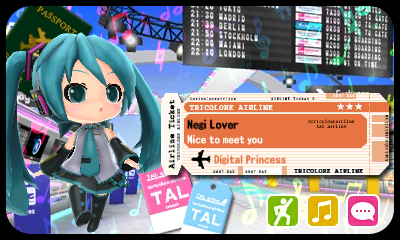
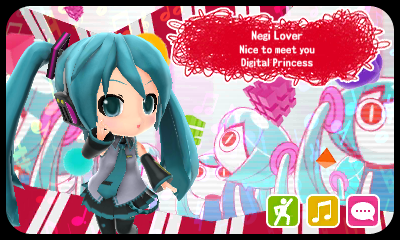
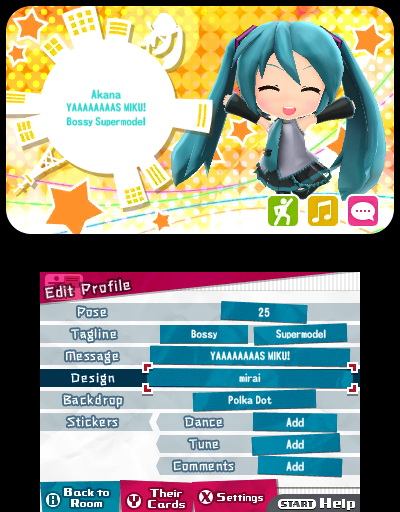
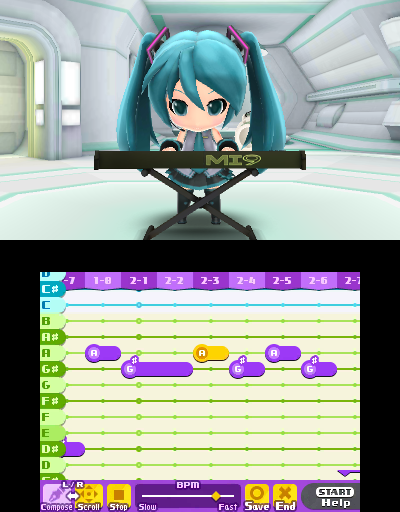
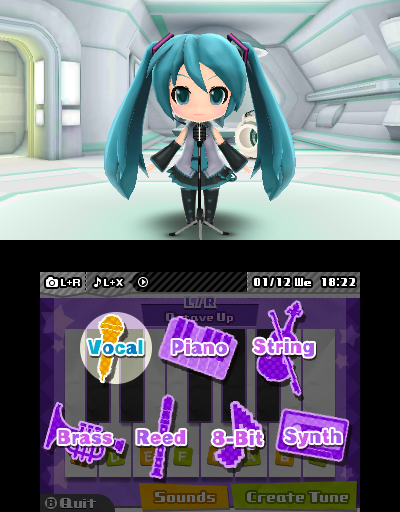







You must be logged in to post a comment.